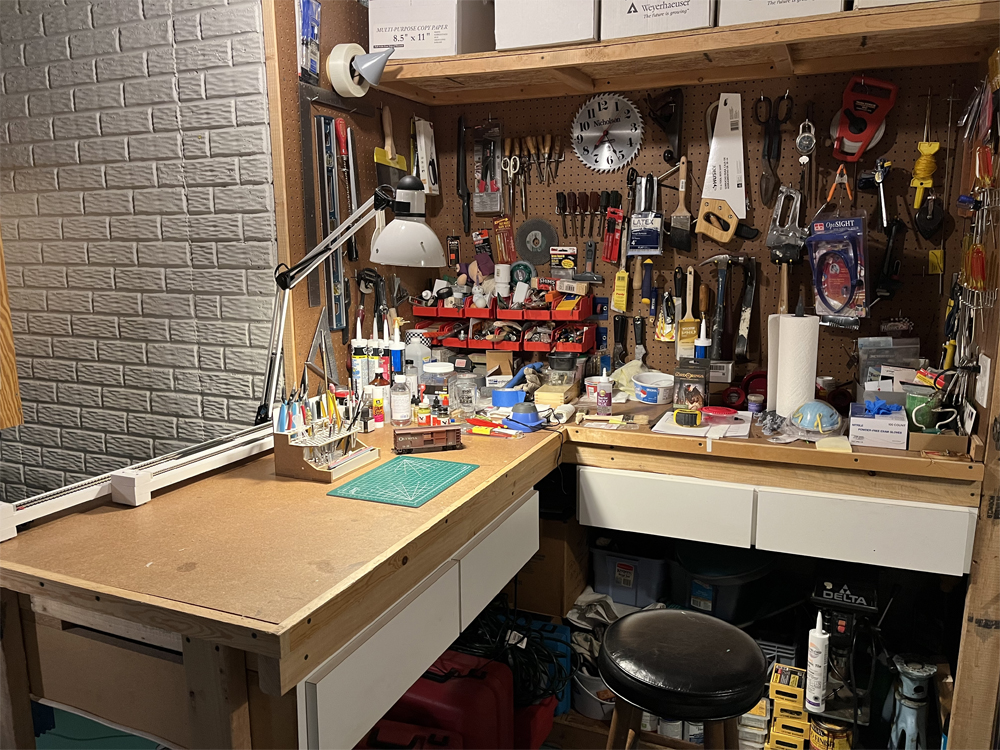
Q: Since Model Railroader has moved to a new location, have you given any thought to a video or magazine series on building a workbench? I’ve got to build a new one to fit my new train room and am looking for ideas. — Jim Burns A: Thanks for writing in, Jim. Our workshop space […]
Read More…
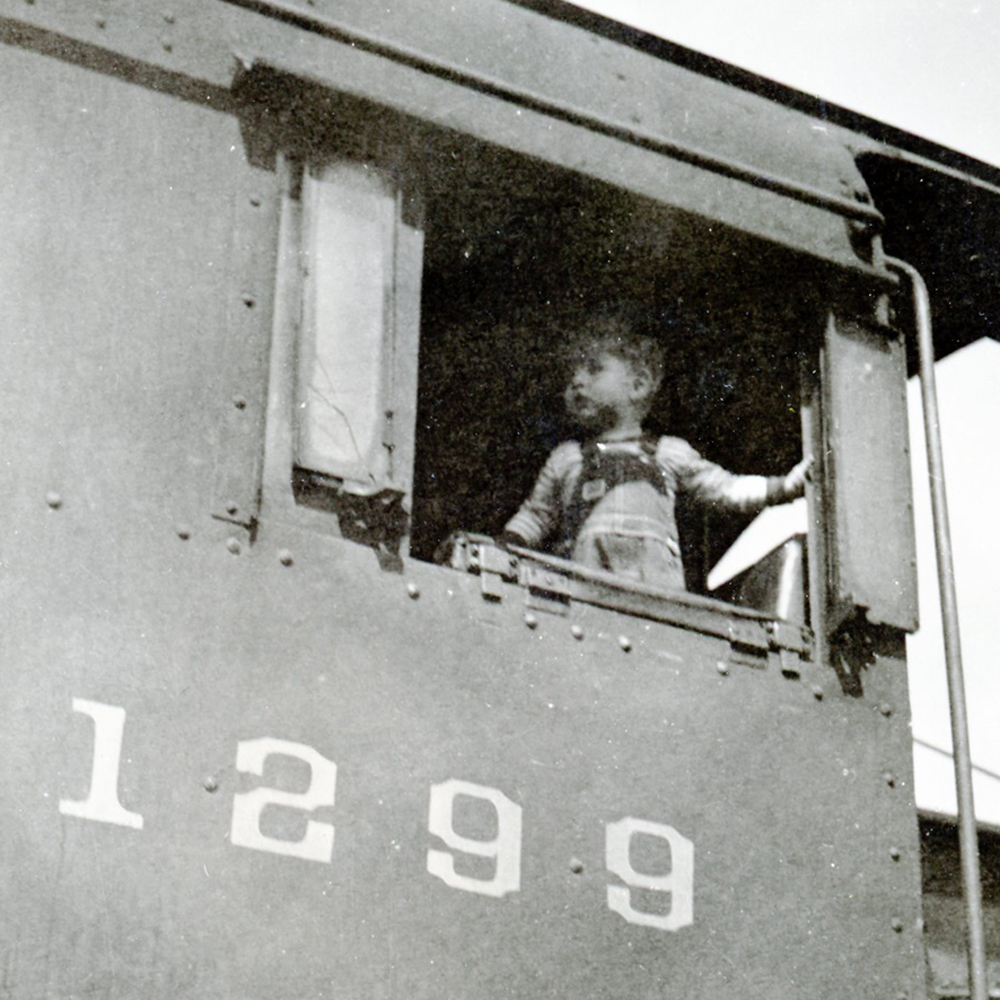
Q: I need help identifying a specific Pennsylvania RR steam engine. The number on the cab was 1299. What class was this locomotive? I have a picture of me as a boy looking out the fireman’s window and want to model the engine in HO scale. — John Nagle A: Thanks for writing in and […]
Read More…
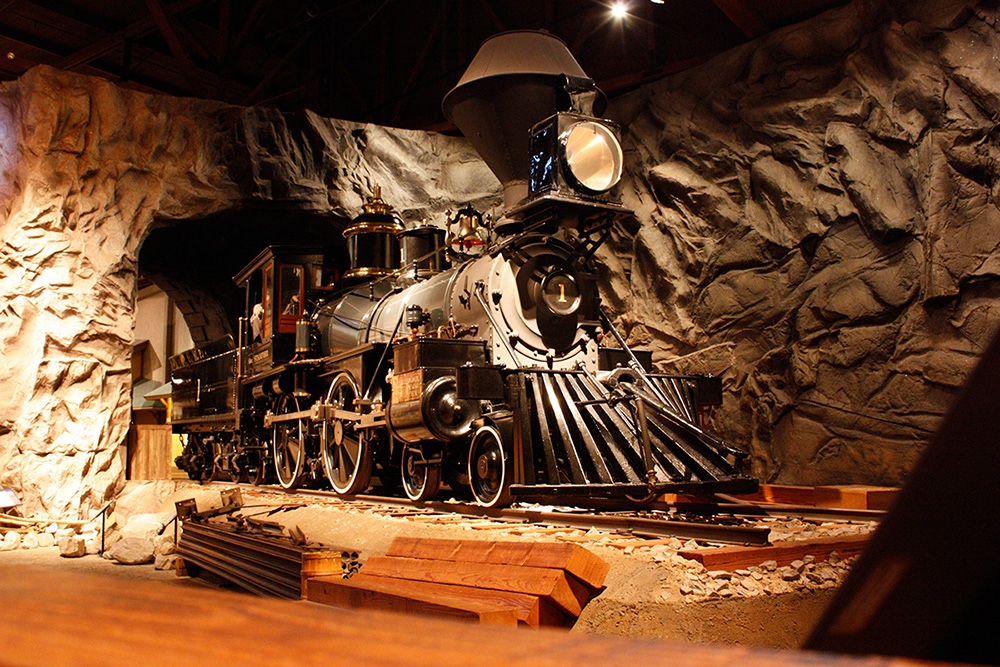
Forty years ago, there was a lot going on in “Train World.” New museums, mainline steam programs, railroad-specific historical societies, and innovative preservation projects spawned a sense that railroad heritage had entered a different, more mature, phase. There were conversations about the emerging “railway heritage movement.” In hindsight, that was a tad optimistic. It had […]
Read More…

Modeling the small and delicate N scale can be intimidating, especially for beginners. However, with the right setup, you can get the most out of the available space you might not find on a much larger scale. Here are five recommended N scale track plans for beginners. Carolina Central The Carolina Central is a great […]
Read More…

Q: I’m setting up a model railroad on a 6 x 12-foot table. The layout will use Digital Command Control. What would be the best wire size(s) to use on the layout? — Greg Kurtz A: Two considerations when selecting the right wire size, Greg: First, that doesn’t involve long bus-wire lengths, so No. 14 […]
Read More…
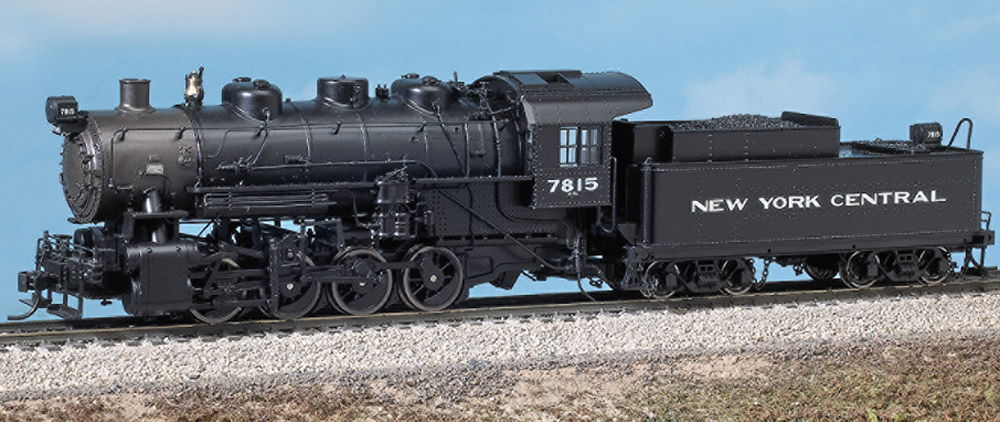
Q: The historic cars for the Milwaukee, Racine & Troy featured in the January 2025 episode of Ask Trains were very interesting (I grew up in Spokane, Portland & Seattle territory and am modeling some of that). What sort of steam and early diesel power would have been used to go with the cars of […]
Read More…

Today, model railroaders are blessed with a wide variety of commercial track in most popular scales. It wasn’t all that long ago that off-the-shelf track was largely one-size-fits all, with oversized rail, bulky ties, and little detail. Now, mass-produced track is available in different rail heights (called codes) with simulated wood or concrete ties, prototypical […]
Read More…

HO scale model trains are a significant part of model railroading history, and we can partially credit the overall popularity of model trains with the rise of a convenient, tabletop scale like HO. With origins dating back a century, HO scale trains have grown into the most popular model train scale in the world. Model […]
Read More…
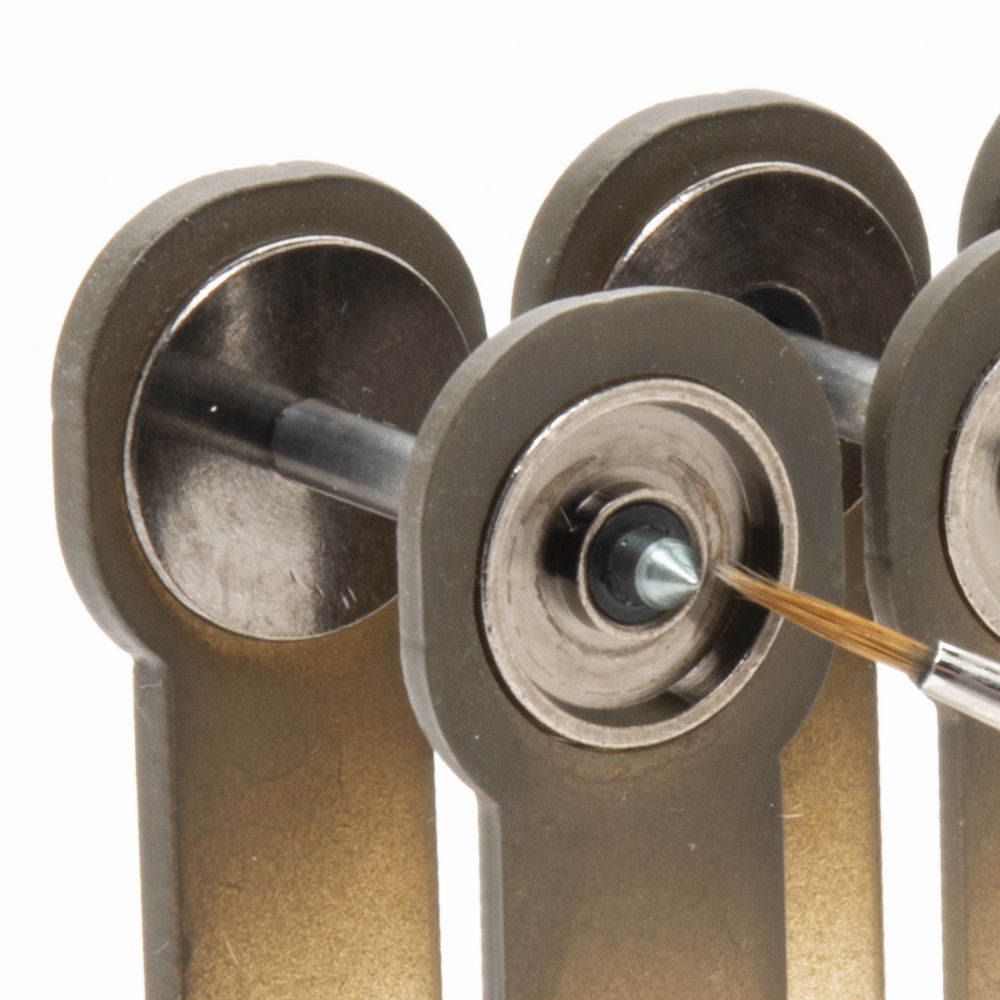
Q: I’ve seen a few Model Railroader articles on painting and weathering that reference liquid mask. How does the product work, and where can I find it? — Michael M. A: Liquid mask is a product that’s applied with a brush to keep paint off of areas that would be hard to cover using traditional masking […]
Read More…
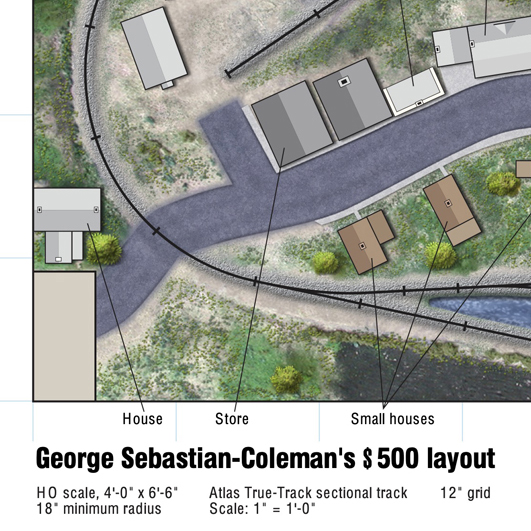
Q: I have two oval tracks, one inside the other, on a piece of 4 x 8 plywood. Just running a train around each track is boring. My funds are very limited. Do you have any suggestions as to how to make this more fun? — Elaine King A: Since space is at a premium […]
Read More…

Locomotives, regardless of scale, have always been at the forefront of technological advancements in model railroading. Over the past decade, this trend has accelerated: bringing in innovative features and enhancements that redefine the hobby. Whether they’re seen as trailblazers for the future or as models featuring nothing but “all the bells and whistles,” let’s explore […]
Read More…
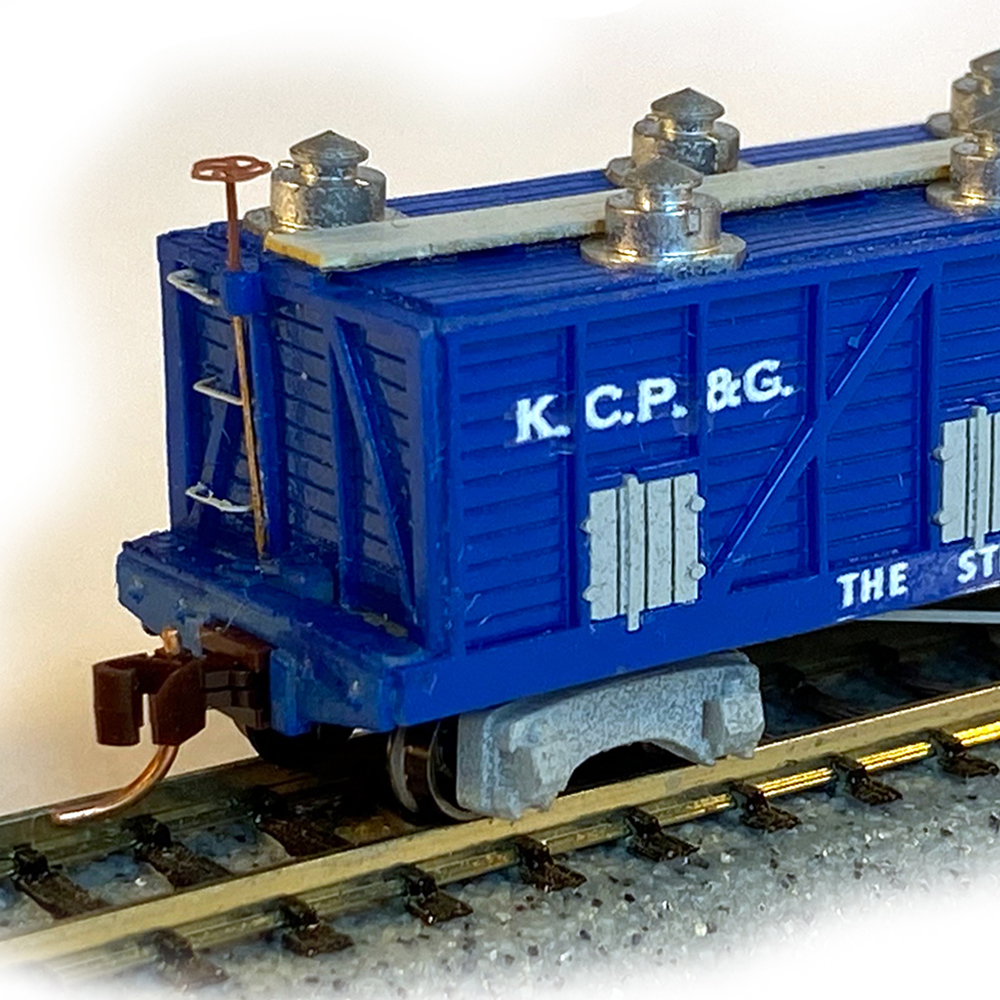
Q: I was wondering if you could provide me with information on what kind of loads an oyster cannery sends and receives? — Markus Russ A: I cast the net wide (pun fully intended) to help answer your question. I started internally. Trains magazine Associate Editor Bob Lettenberger wrote “Five mind-blowing facts — Stilwell Oyster […]
Read More…












